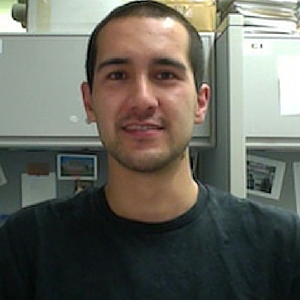
What is a natural and social science approach to understanding and applying nonviolence, particularly as it manifests in schools that implement restorative practices? I’ll be addressing this question over the next year as a Metta Center for Nonviolence research fellow.
In the meantime, it’s worth considering why a scientific perspective on this question is important. It offers a process that both builds and organizes understanding—it promises a thoughtful, systematic, and rigorous approach. However, our inquiry will remain critical because the scientific method can only be as thorough and rigorous as the awareness, ingenuity, and integrity of the actors employing the method.
Why a natural science and a social science perspective? A “natural” science perspective tends to focus on “non-social” biological and chemical processes associated with human behavior, health, and functioning – which are all relevant to nonviolence in schools. Alternatively, a “social” science perspective is vital for understanding how humans function in relation with one another. For example, some psychology-based studies assess behaviors and interactions, while other social science sub-fields focus on more complex behavioral phenomena like contextual cultures that influence or shape behaviors. The complexity of the social sciences – of how humans think, feel, enact freewill, and behave in context of social environments – has many implications for how researchers employ the scientific method. These implications (i.e. assumptions) will be made apparent in my work to enhance public accessibility.
Why “particularly as it manifests in schools that implement restorative practices?” Nonviolence offers a particular set of assumptions (ontological-, axiological-, epistemological-, and logic-type assumptions for you philosopher types out there) about people, their capabilities, love, and social arrangements that differ somewhat from more normative assumptions often made in scientific enterprises. Because of this difference, a notable knowledge and practice gap persists between products of normative scientific enterprises and those that come from nonviolence philosophies (fruitful discussions about what it means to be “objective” in science are relevant but too long to include here). In effect, a “social science of nonviolence” remains a project in process.
Given the complexities of these assumptions applied to the complexities of social life, I find it helpful to consider this social science of nonviolence in particular contexts. Schools that implement restorative practices (what I consider to be potential ,structural embodiments of nonviolence) offer rich spaces to develop a social science of nonviolence within a social institution that has received a lot of research and scientific attention. That is, we know a lot about schools that can help this knowledge project!
There really isn’t very much out there that connects nonviolence processes with school functioning from a scientific perspective. This project will help school practitioners (and researchers) better understand how nonviolence can improve school operation, goals, and relevant program implementation.
I believe that nonviolence doesn’t show up in social science as much as it should because articulations for how it might be relevant to the social sciences haven’t been made at the philosophical level – in effect, we haven’t clarified and made connections between fundamental assumptions and decision points across more normative social science approaches and nonviolence analogues. Through this project, I hope to make nonviolence—as a complementary scientific knowledge project based on particular assumptions—more accessible to social scientists.
Are you an educator or a social scientist with feedback or ideas? If so, I’d love to hear them—just add your thoughts in the comments section below.








